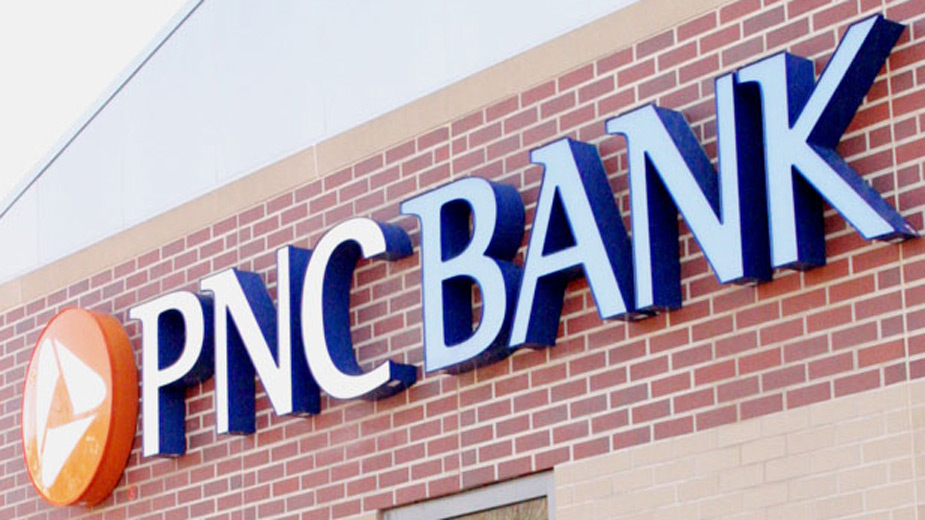The Best Payment Gateways for Small- to Medium-Size Businesses
As technology continues to move payment processing toward cashless transactions, there’s a wealth of payment processes and gateways that offer flexibility and simple setup for businesses.
Here’s a look at some of the most common payment methods used by small- and medium-size businesses:
1. PayPal
PayPal is among the world’s best-known online payment systems, offering a small business solution known as Web Payments Standard. Adding a checkout process to your website is as simple as having a developer copy across a piece of prewritten code.
Customers are redirected to an externally hosted payment window that’s managed entirely by PayPal. After signing in and confirming their payment, customers are then returned to your website to complete the checkout journey.
Charges range between 1.9% to 3.5% per transaction, in addition to a fixed cost from 5 to 49 cents, depending on the product or service and the PayPal solution you use.
Pros:
- PayPal has more than 425 million active accounts worldwide
- PayPal handles PCI compliance within its own hosted payment window
- Initial setup and configuration is straightforward
- Printable shipping labels are available as an additional option
Cons:
- Higher fees than most credit card processors
- There are still those who don’t have a PayPal account
- PayPal Seller Protection doesn’t extend to digital goods
2. Stripe
Stripe is a complete payment platform that provides a host of customizations for business owners. It was built primarily for developers, and there’s a wealth of technical information available to draw from when implementing this solution.
You’ll need your own online platform and checkout journey, but integration is simple. You can also develop a more complex payment journey using Stripe when compared with PayPal, which handles everything in an external window.
Fees for Stripe are 2.9% plus 30 cents for each transaction, with an additional 1% on any international transaction. This makes it a little less competitive than PayPal at the lower end, but you have more creative freedom.
Pros:
- No fees for setup or cancellation, and no monthly subscriptions
- Vast customization options for your own unique checkout journey
- Customer support is available 24/7 through various mediums
Cons:
- The Stripe API and associated developer tools assume some technical knowledge
- Much less functionality for in-person transactions in physical establishments
3. Credit cards
Consumers use cash only for around 20% of in-person transactions these days, so accepting credit cards means you won’t be missing out on a large swathe of potential customers when doing business physically or remotely.
You’ll start by finding a reputable credit card payment processor, then agreeing to the kind of transactions you’ll accept. For example, Visa and Mastercard are the most common internationally, though there’s also Discover, American Express and more.
Fees associated with processing credit card payments can vary. You should consider how many transactions you’re likely to process and the fees associated with them.
Pros:
- Credit cards are one of the most common forms of payment online
- They’re one of the most internationally compatible forms of payment
- Payments can be processed over the phone, not just online
Cons:
- Many countries offer protections to customers that could result in disputes
- Credit cards could expose you to higher risk of fraud
- You’ll typically have to reach separate agreements with some card providers
4. Adyen (point of sale)
Adyen is a payment processor based in Amsterdam, which offers point of sale, eCommerce and mobile payments for businesses. It’s the technology underpinning many of the physical payment, wireless terminals seen in retail establishments.
Adyen has no annual, setup or early termination fees, though there’s a monthly fee for using physical transaction machines in stores.
Adyen’s payment structure is a little more varied than those outlined above. There’s a base rate of 3.95% and 12 cents per transaction with any AMEX card, though this applies only to the first 1,000 transactions or $500,000 sold per month, whichever comes first.
Pros:
- Supports online, in-app and in-person transaction processing
- No monthly fees or setup fees, aside from when using physical payment devices
- Provides 24/7 access to customer support
Cons:
- The pricing model is quite complex compared with other providers
- Digital payment processing features are more developed than in-person payments
5. Accounts payable software
Accounts payable software can automate invoice or bill processing, capturing and issuing customer or business-to-business invoices and processing payments. These systems can handle other tasks, including prioritizing invoices based on their due date, and sending out reminders to help avoid late payments.
Some businesses choose to outsource their accounts payable processes, reducing the burden on their own workforce.
Pros:
- Automating invoices can reduce human error and time investment
- Efficiencies derived from software that can prioritize invoices and send reminders
- Software can track and store past invoices, keeping all your documentation safe
Cons:
- Transitioning to and learning a new system can take time and investment
- You’re exposed to additional data security risks when storing documentation
How large is the payment technology industry?
According to industry research, the global payment processing market is projected to reach almost $250 million by 2028. That’s an increase from around $91 million in 2021. PayPal and Stripe are among the payment processors currently dominating the market; alongside Global Payments, Fiserv and Adyen, these companies hold more than 50% of the market share.
The Future of Payment Technology
Technology has been moving payment processing toward cashless transactions for many years, something that has been accelerated by world events such as the COVID-19 pandemic. Simultaneously, new technologies have been emerging for many years, most notably in the area of cryptocurrency.
According to PWC research, 86% of traditional payment providers will dedicate much of their innovation efforts into collaborative work with fintechs and other technology companies in the coming years.
The same data suggests that in less than a decade, the number of cashless transactions taking place will be between double to triple the current rate. The fastest growth is expected in Asia-Pacific, with Africa and Europe following.
Trends influencing the future of payment processing
Diving further into the research outlined above, there are said to be a number of consumer preference, regulatory and tech-driven trends influencing the industry, which will help to shape the future of payment processing technology.
- Digital currencies: Digitized tokens that represent each of the world’s currencies are predicted to change the face of transactions in the not-too-distant future. One recent survey has suggested that as many as 60% of central banks are giving thought to the implementation of these digital assets, while 14% are already undergoing testing in some form.
- Digital wallets: Digital wallets are already being used widely to drive cryptocurrency transactions on the blockchain. They’re also the technology underpinning functionality such as Google Pay and Apple Pay. As technology continues to expand and innovate, these wallets will grow and evolve. By 2025, FIS expects these transactions to account for more than half of all transactions.
- Cross-border payments: The PWC research highlighted earlier indicates that cross-border payments will become much more relevant and important to businesses in the upcoming decade. Non-bank providers, frustrated by the red tape and slow-moving processes underpinning central banks, are innovating in numerous countries, such as in Norway with the P27 initiative.
- Financial crime: In addition to driving technological innovation, the pandemic also spiked the amount of attempted fraud that was seen in digital markets. Every time new advances are made in payment technology, cybercriminals find new and innovative ways to exploit the technology for illicit financial gains. Cybersecurity and compliance will be some of the biggest trends to watch in the future of payment processing.
One area in which corporations and regulators agree is that customer experience will largely be one of the main drivers in payment processing transformation. While cybersecurity and compliance are essential, so too are the environmental impacts and the social sustainability of future innovations in this area.
Published by The Business Journal, Youngstown, Ohio.


